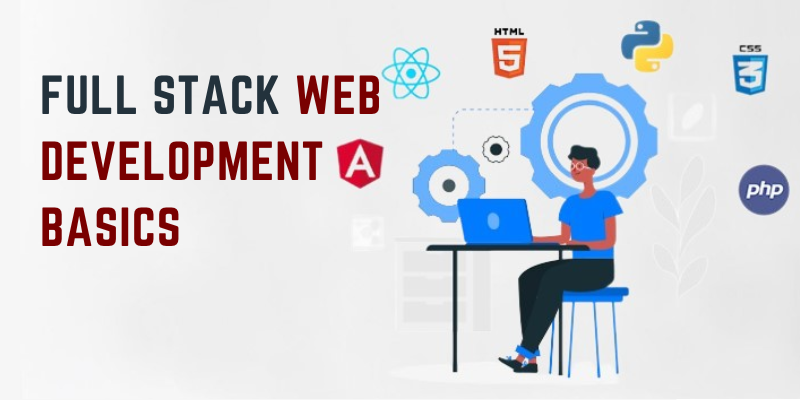Full-stack web development has become popular in the tech industry, and for good reason. As the demand for versatile and skilled developers continues to rise, understanding the basics of full-stack web development is crucial for anyone pursuing a career in this dynamic field. This blog will explore “What are the Basics of Full-Stack Web Development?”. Enrol in the Full Stack Developer Course in Chennai to master front-end technologies like HTML, CSS, and JavaScript.
Full Stack Development
Working on a web application’s front and back end is known as full stack development. A full-stack developer can manage the whole web development process because they are skilled in server and client-side technologies. It covers database management, server logic implementation, and UI design.
Front End Development Basics
Creating a website’s user interface and visual components is known as front end development. Important languages and technologies include:
HTML: The foundation of web development, HTML (HyperText Markup Language) is used to organize content on the internet.
Cascading Style Sheets, or CSS: The styling and formatting of HTML elements is handled by CSS, improving web pages’ visual appeal.
JavaScript: It is a dynamic scripting language that lets programmers make responsive and interactive websites. Angular, Vue.js, and React are popular front-end frameworks frequently constructed with JavaScript.
Back-End Development Basics
The back end of a web application deals with server-side logic, databases, and application functionality. Core components include:
Server-Side Programming Languages: Common languages for back-end development include Node.js (JavaScript), Python, Ruby, PHP, and Java.
Web Servers: Platforms like Apache, Nginx, and Microsoft IIS handle requests from clients and serve the appropriate responses.
Databases: MySQL, PostgreSQL, MongoDB, and others are used to store and collect data for web applications.
APIs (Application Programming Interfaces): APIs enable communication between the front and back end, allowing them to exchange data seamlessly. Full Stack Developer Online Course will help you to master database management, APIs, and deployment strategies.
Database Basics
Understanding databases is essential for full-stack developers. Key concepts include:
Relational Databases: Organize data into structured tables with defined relationships and are managed using SQL (Structured Query Language).
NoSQL Databases: Provide flexibility in data storage and retrieval and are suitable for applications with dynamic and evolving data models.
Version Control Systems
Version control techniques like Git are crucial for tracking code changes, collaborating with other developers, and rolling back to previous versions if needed. Platforms like GitHub and GitLab provide hosting and collaboration features.
Web Development Frameworks
Frameworks streamline development by providing pre-built components and structures. Examples include:
Front End Frameworks: React, Angular, Vue.js
Back End Frameworks: Express.js (Node.js), Django (Python), Ruby on Rails, Laravel (PHP)
DevOps and Deployment
Full-stack developers should be familiar with DevOps practices for continuous integration and deployment. Tools like Jenkins, Docker, and Kubernetes play a role in automating and streamlining the development lifecycle.
Full-stack web development encompasses a broad spectrum of skills and technologies. Mastering both front-end and back-end concepts and associated tools and frameworks is essential for becoming a proficient full-stack developer. As technology grows, staying updated with the latest trends and tools is equally essential for success in the dynamic world of full-stack web development. Training Institute in Chennai will support you to become successful in different sectors.
Also read: Full Stack Developer Interview Questions and Answers


